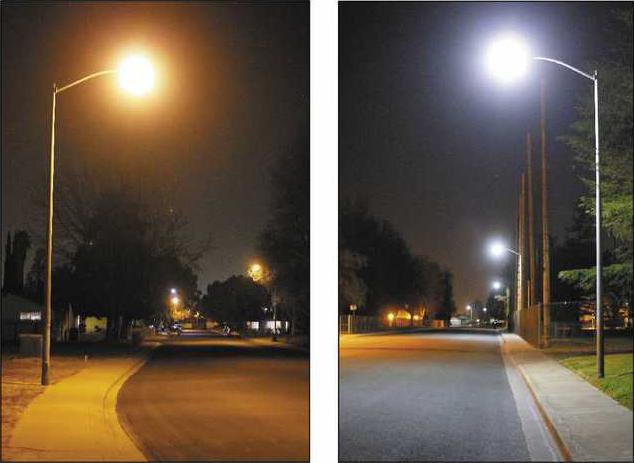Twenty years ago Manteca was paying PG&E the proverbial arm and leg to power and maintain street lights in the city.
PG&E’s sweetheart deal required developers to pay for and install street lights. They then had to gift them to the San Francisco-based utility. PG&E also required developers to fork over funds equal to 34 percent of the value of the street light poles, fixtures and underground power equipment. The money went to cover potential state and federal taxes for accepting the forced gifts.
Such an arrangement was allowed under a California Public Utilities Commission dictate that PG&E petitioned for and secured. The Income Tax Component of Contributions Provision fee was calculated based on the fact utilities such as PG&E can pay up to a 35 percent federal income tax and an 8 percent state income tax.
PG&E, though, rarely pays much of the 34 percent surcharge collected from developers in the form of taxes. In fact, PG&E in a number of years has not paid federal income taxes thanks to the largeness of the tax code that allows multi-billion dollar industries like PG&E and General Electric to avoid sending a check to the IRS. The CPUC does not require that PG&E return the 34 percent ITCC tax to developers if it is not needed to pay taxes. Instead, PG&E pockets it as profit.
Manteca used to pay a flat rate of $16 per light to PG&E even if the light wasn’t operating. It often took PG&E a month plus to send a crew out to replace a burned out street light. All of this was made possible by rules laid down by the CPUC at PG&E’s insistence.
PG&E’s ability to profit significantly off Manteca taxpayers and home buyers when it came to street lights ended 17 years ago ago.
That’s when the City of Manteca bought the street lights from PG&E.
This allowed three things to happen. First, the PG&E bill dropped immediately to about $3.50 a light as the city was simply paying for electricity used. Next they obtained a private sector firm to do all maintenance. Not only were burned out lights replaced within, but it is being done at a lower cost. Manteca started saving $100,000 plus a year simply by getting rid of PG&E’s ownership of street lights.
The third advantage was to reduce the cost of housing. No longer did developers have to pay PG&E 34 percent of the cost of the street lights builders installed and then gave them free to the utility.
In the end Manteca taxpayers — who as new home buyers had to pay for the street lights via the cost being collapsed into the house price by the developers — had to pay a second time for the lights.
The cost of the infrastructure that developers put in and pass along to home buyers for PG&E isn’t chump change. It comes to $7,000 for wires and pipes for the average new home valued at $250,000. Of that, $2,380 is for taxes that PG&E might have to pay but rarely does. Those taxes alone that end up as PG&E profits inflate the cost of a new home by almost a full percent. Developers and home buyers are still paying for all of that.
Manteca has avoided spending more than $1.4 million for street light power and maintenance over the past 17 years by paying heed to an energy consultant that recommended they purchase the street lights in 2003.
PG&E did not own all the street lights in place in 2003. Street lights installed after 1994 were dedicated to the city and not PG&E by a decision the council at the time made.
To contact Dennis Wyatt, email dwyatt@mantecabulletin.com





